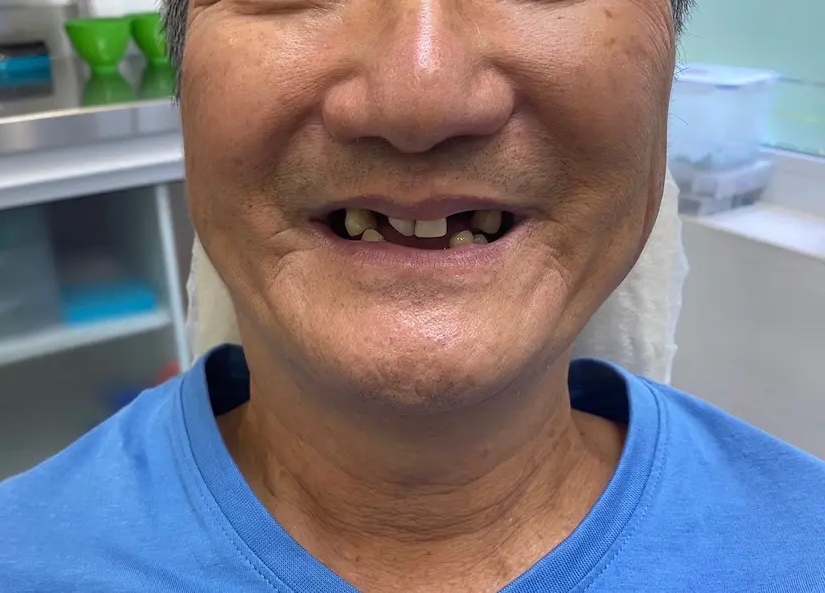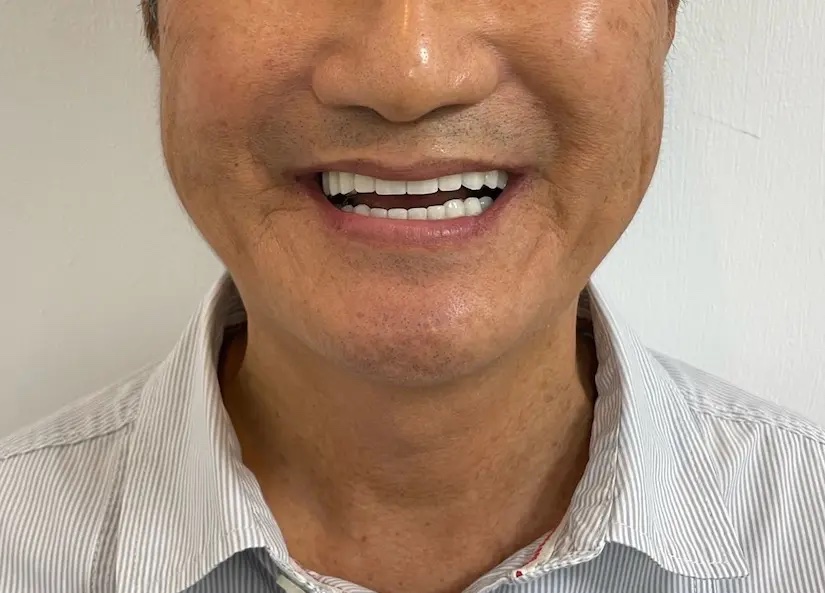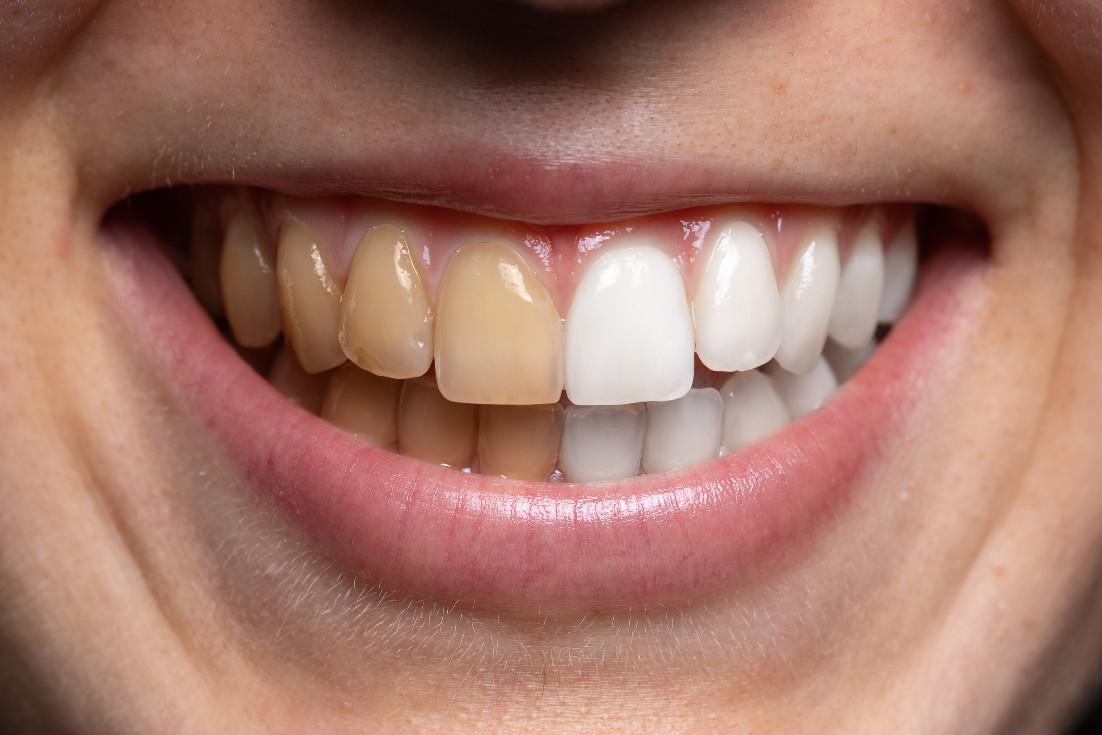
In good physiological conditions, the teeth appear harmoniously on both dental arches. They are well aligned and can thus work efficiently by distributing their forces among themselves, especially when masticating and swallowing. In this article, we will explore what causes dental malpositions and the treatments available in Mauritius.
What is dental malposition?
Dental malposition refers to the improper alignment or positioning of teeth due to insufficient or excessive space in the jaw. This can result in teeth being placed in incorrect positions, overlapping, having excessive gaps, or creating gaps between the dental arches. Additionally, some teeth may be positioned too far forward or too far back, and the eruption of one tooth may be hindered by the presence of another. In some cases, there may even be a partial covering of two teeth and other related issues.
What are the different types of dental malpositions in Mauritian patients?
In Mauritian patients, the types of dental malpositions generally mirror those found in other populations worldwide. These malpositions are usually categorised based on the alignment and occlusal discrepancies of the teeth. Here are some common types:
Crowding
This is when there is insufficient space in the mouth to accommodate all of the teeth properly, causing them to overlap or twist.
Spacing
Opposite of crowding, spacing issues occur when there is too much space between the teeth, leading to gaps. This can be due to small teeth, developmental issues, or the loss of teeth.
Overbite (Deep Bite)
This occurs when the upper teeth excessively overlap the lower teeth vertically.
Underbite
This condition is characterised by the lower teeth extending beyond the upper teeth, often due to a disproportion in the size of the upper and lower jaws.
Crossbite
A crossbite is when some of the upper teeth sit inside the lower teeth when the mouth is closed, which can occur on one or both sides of the mouth.
Open Bite
An open bite is when there’s an opening between the upper and lower teeth when the jaws are closed, usually occurring at the front of the mouth.
Rotation
This happens when a tooth turns out of its normal position.
Transposition
A rare condition where two adjacent teeth swap positions in the jaw.
The prevalence and type of dental malpositions in Mauritian patients can be influenced by genetic factors, environmental influences such as diet and habits (like thumb sucking), and access to dental care. Orthodontic treatment, including braces and aligners, is commonly used to correct these malpositions.
What are the risks associated with dental malposition ?
Dental malposition can lead to several risks and complications. Some of the main risks are as listed below:
- Difficult aesthetic damage
- Uneven pressure on chewing: some teeth will work more than others
- Problems of occlusion (closing of the jaws) with repercussions on the entire temporomandibular joint
- Fragilisation (risk of fracture) and Abnormal wear of the teeth
- Problems of speech
- Bite of the gums
- Incomplete dental hygiene: difficulties of brushing, gingivitis or even periodontitis
What are the possible causes of dental malposition?
There are several solutions and treatments available for dental disharmony and malposition of teeth. Orthodontic treatment, such as braces or aligners, can be used to correct the alignment and position of the teeth. In more severe cases, surgical intervention may be necessary to correct skeletal discrepancies. Additionally, early intervention and proper oral habits can help prevent or minimise dental delays and functional issues that contribute to the malposition of the teeth.
SMILERS Aligners
SMILERS offer a discreet and effective solution for aligning teeth through a series of clear, removable aligners. These aligners are nearly invisible and can be removed when eating, brushing, or during any other activity, making them a more comfortable and convenient option compared to traditional metal braces. By using SMILERS, patients can correct their dental alignment without the discomfort and aesthetic concerns associated with metal braces, ultimately transforming their smile and enhancing their confidence.
In addition to orthodontic treatments and preventive measures, Centre Esthétique de L’Océan Indien offers several types of dental surgery that can address various aesthetic and functional issues, including dental malpositions. Here are a couple of surgical options:
Veneers (Facettes)
Dental veneers are thin, custom-made shells designed to cover the front surface of teeth. They are typically made from porcelain or resin-composite materials and are used to improve the appearance of teeth. Veneers can correct a variety of dental issues, such as teeth that are discoloured, worn down, chipped, misaligned, uneven, or abnormally spaced. By covering the natural teeth, veneers create a more classically shaped look and a brighter smile.
Dental Implants
Implants are used to replace missing teeth. They provide a strong foundation for fixed (permanent) or removable replacement teeth that are made to match your natural teeth. Implants are surgically placed into the jawbone, where they serve as the roots of missing teeth. This option is not only about aesthetics but also about restoring full function to the teeth, as implants allow for comfortable eating and confident speaking.
Both of these procedures can be part of a comprehensive treatment plan aimed at improving dental aesthetics and function, contributing to a healthier and more attractive smile.
How to prevent dental malpositions?
Preventing dental malpositions involves a combination of early intervention, maintaining good oral hygiene, and making certain lifestyle adjustments. Here’s a closer look at each approach:
Early Intervention for Children
Early intervention plays a crucial role in preventing dental malpositions. Regular dental check-ups starting at a young age can help detect and address potential issues before they develop into more serious problems. Paediatric dentists often recommend:
- Orthodontic Evaluations: Early assessments by an orthodontist can identify bite issues and jaw misalignments that might lead to malpositions if left untreated.
- Space Maintainers: If a child loses a baby tooth prematurely, a space maintainer can keep the gap open until the permanent tooth erupts, preventing neighbouring teeth from shifting into the space and causing alignment issues.
- Functional Appliances: In some cases, functional appliances can be used to correct early jaw discrepancies, guiding jaw growth and improving the alignment of the teeth.
Maintaining Good Oral Hygiene Habits
Good oral hygiene is essential for preventing dental malpositions by keeping the teeth and gums healthy. Effective habits include:
- Regular Brushing and Flossing: Brushing at least twice a day and flossing daily helps prevent the buildup of plaque, which can lead to tooth decay and gum disease, both of which can affect the alignment of the teeth.
- Professional Cleanings: Regular cleanings by a dentist or hygienist remove tartar that cannot be removed by brushing and flossing alone.
- Protective Sealants: Applying sealants on children’s molars can prevent decay in the pits and fissures of the teeth, which can influence how teeth align as they erupt.
Lifestyle Changes to Preserve Oral Health
Lifestyle choices can significantly impact oral health and, consequently, the alignment of the teeth. Some recommended changes include:
Nutritious Diet
Eating a diet rich in vitamins and minerals supports oral health, while avoiding sugary and acidic foods can help prevent tooth decay and gum disease.
Avoiding Harmful Habits
Habits such as thumb-sucking, prolonged use of pacifiers, and tongue thrusting in children can alter the position of the teeth and should be addressed early.
Wearing Mouthguards
For those involved in sports, wearing a mouthguard can protect against tooth loss and damage, which can affect dental alignment.
Implementing these strategies from an early age can significantly reduce the risk of developing dental malpositions and ensure a healthier dental future.
Patient experiences and success stories



